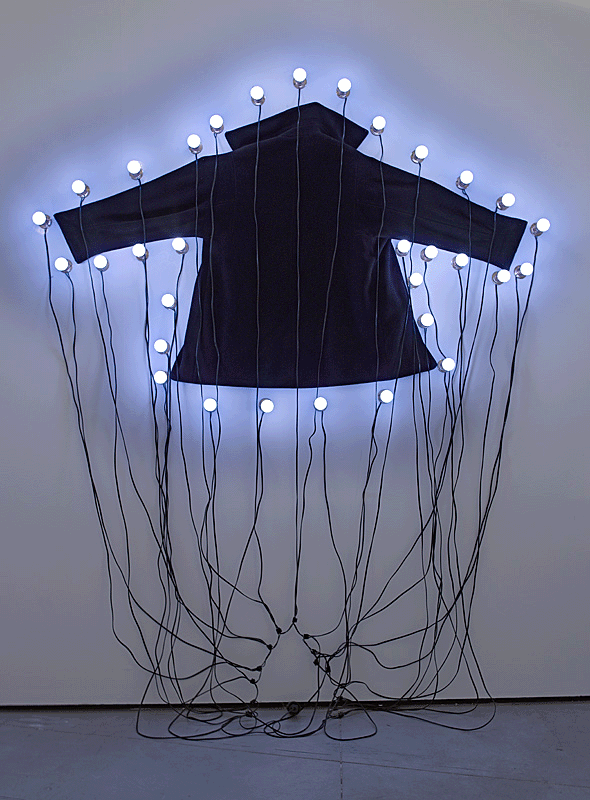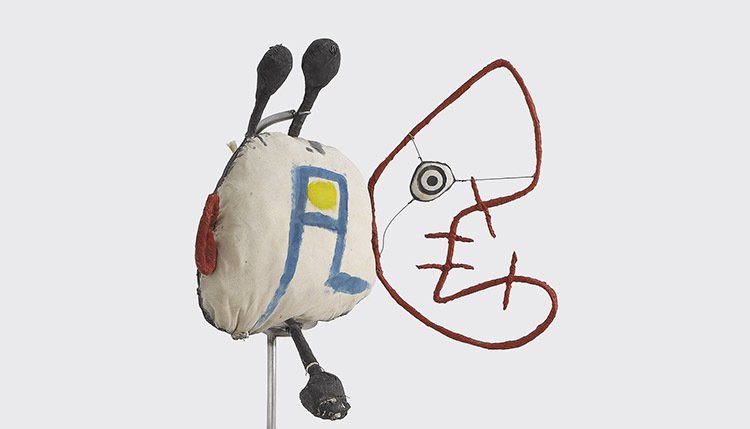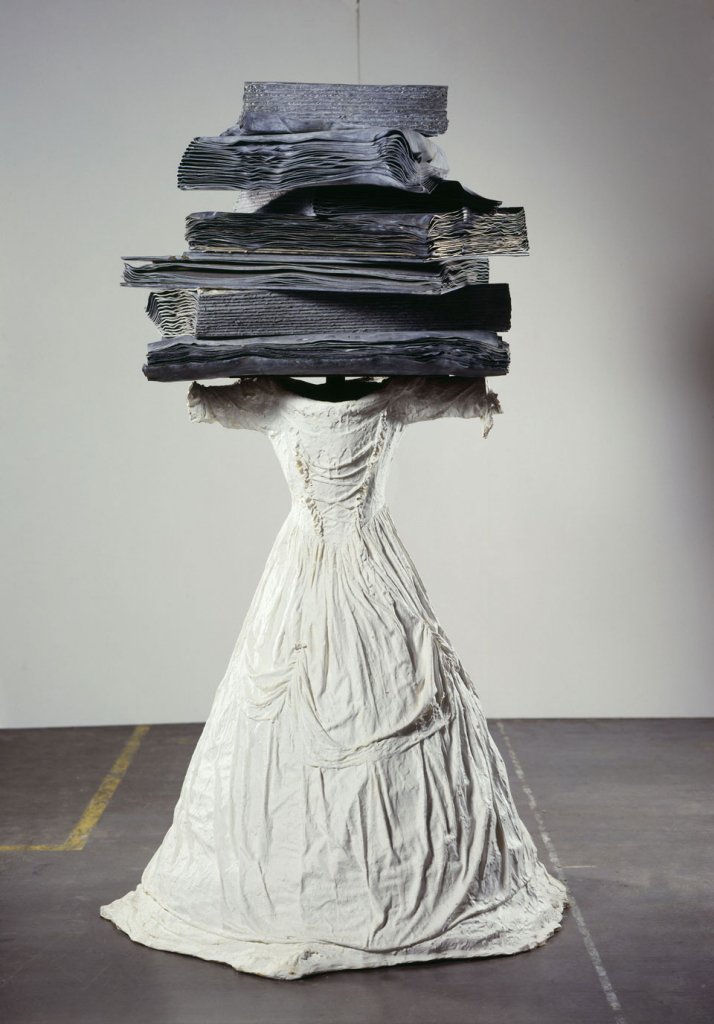
- Artist:
- Christian Boltanski
- Date:
- 2001
- Technique:
- Installation. Coat, light bulbs and electrical cable
- Dimensions:
- Variable
- Origin:
- Es Baluard Museu d'Art Contemporani de Palma
- Registration number:
- 596
- Acquisition year:
- 2008
- Exposed:
- No
The work shows us a warm garment spread over the wall and framed in an aura of thirty light bulbs the wires of which are joined in a bunch at floor height. In Le juif errant we find two distinctive elements of the work of Boltanski: the light he uses to make anonymous stories visible and highlight them, and a garment stripped of a body, highly symbolic, which alludes to the dead. The work unequivocally evokes the massacre of Polish Jews during the holocaust.
The title of the piece may refer to Der Ewige jude, a pseudo-documentary made as part of the reprehensible anti-Semitic propaganda promoted by Goebbels in 1940, which was partly filmed in the Warsaw ghetto a few months after the city was occupied. The name of this document refers to the wandering Jew, a figure from medieval European folklore. In the myth, mention is made of certain characters who, upon witnessing the torture of Jesus Christ, refused to help him or showed disdain towards him, as a result of which God condemned them to wander the Earth until the Second Coming. They were extremely diverse characters and were not characterised as Hebrew, but from the 16th century on the legend insisted on presenting the wandering figure as a Jew. Without doubt this new identity was linked to the rise of Anti-Judaism in Europe. The figure of the wandering Jew has often been interpreted as a metaphorical personification of the Jewish diaspora, and is seen as a clearly anti-Semitic myth. The French artist has explained that the “Shoah” (the Hebrew term for the Holocaust) is the starting point for his work, but that it is not as directly influenced by it as some critics have interpreted, knowing his biography. Above all, Boltanski aspires to making his work universal.
M.G.
Born at the end of the Second World War, son of a Christian mother and a Jewish father, a circumstance that marks part of his work by the Holocaust and death. Self-taught, he began to paint at the age of 14 and, between 1969 and 1971, reconstructed his childhood on the basis of photographs. Throughout his career, Boltanski has worked with photography, sculpture and cinema, although he is especially well-known for his installations. Boltanski participated in the Documenta of 1972, 1977 and 1987, in the 54th biennal of Venice(2011) and has been the subject of multiple exhibitions, for example at the Centre Pompidou in Paris (1984), the Museums of Contemporary Art in Chicago (1988) and Los Angeles (1988),the National Museum of Contemporary Art in Oslo (1994), the Kunstmuseum Liechtenstein (2009) in Switzerland and Es Baluard Museu d’Art Modern i Contemporani de Palma (2011), among many others.
His work forms part of prestigious museums and institutions: Tate Collection in London, Centre Pompidou in Paris, Fundación Arco in Madrid, Ivam in Valencia, Institute of Contemporary Art in Nagoya (Japan), Stedelijk Museum in Amsterdam and New York Museum of Modern Art. He has won the “Créateurs sans frontières” prize (2007), the Praemium Imperiale Award of the Japan Art Association (2007) and the Kaiserring Kunstpreis der Stadt Goslar (2001).
E.B.


